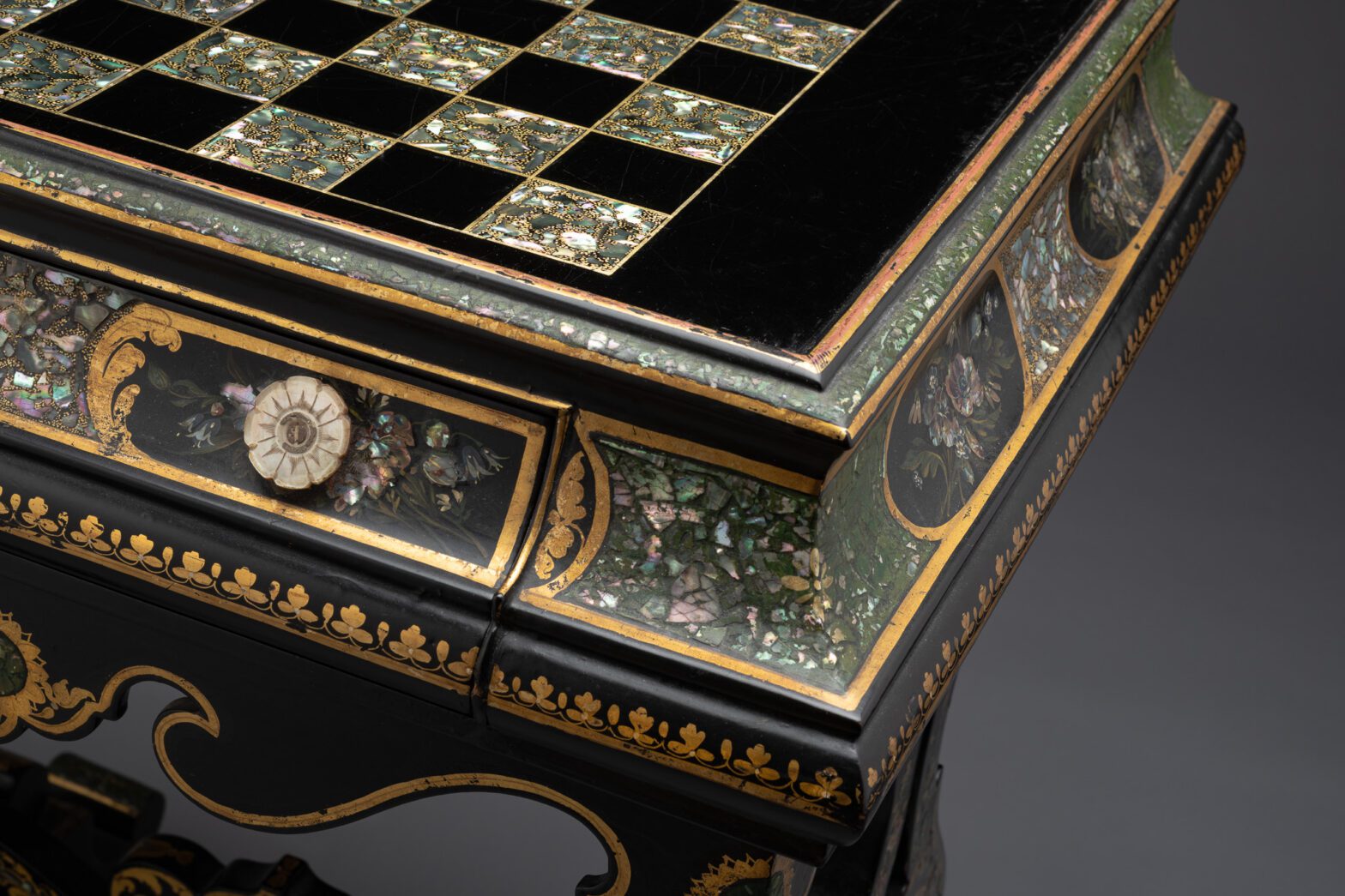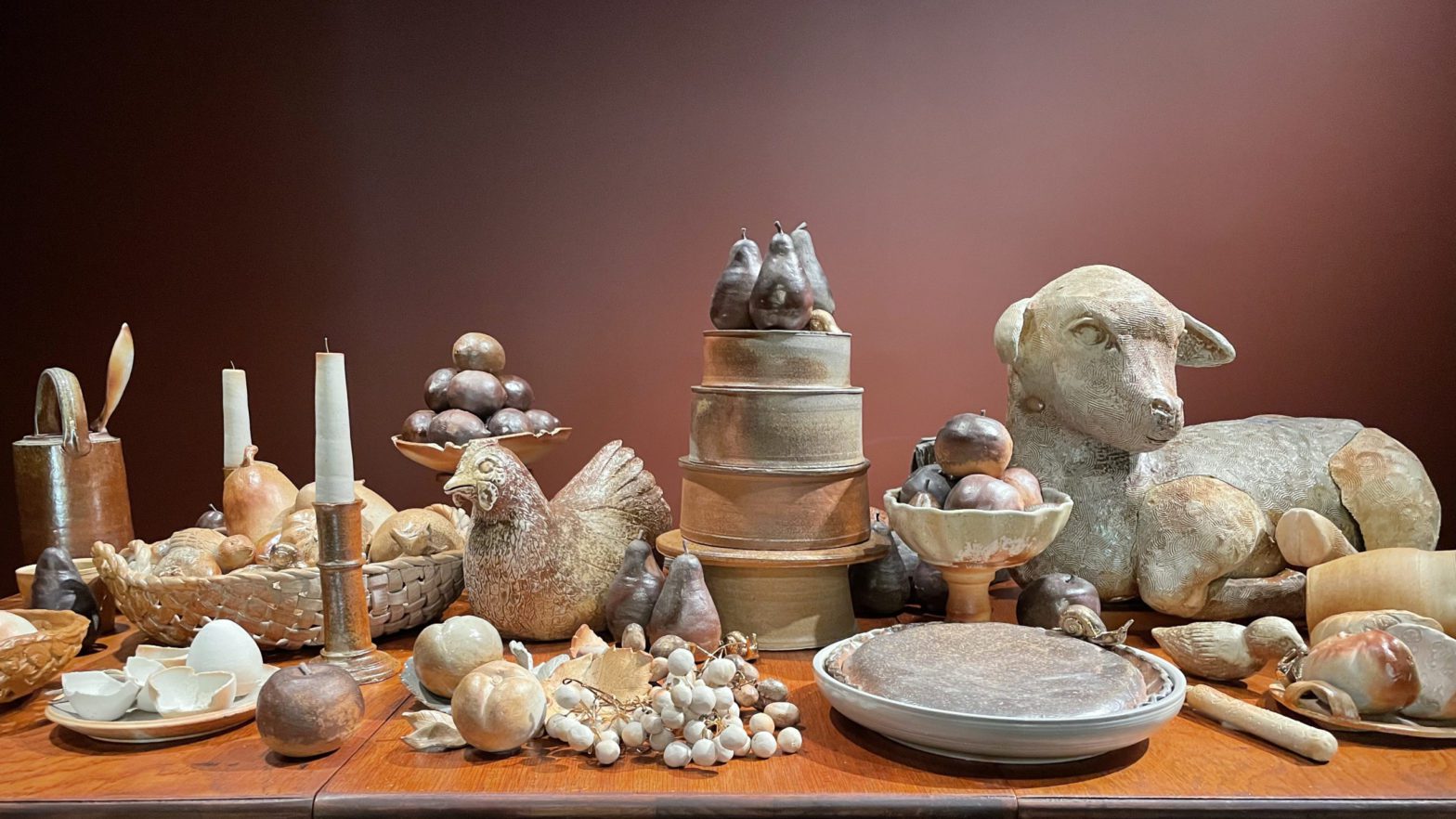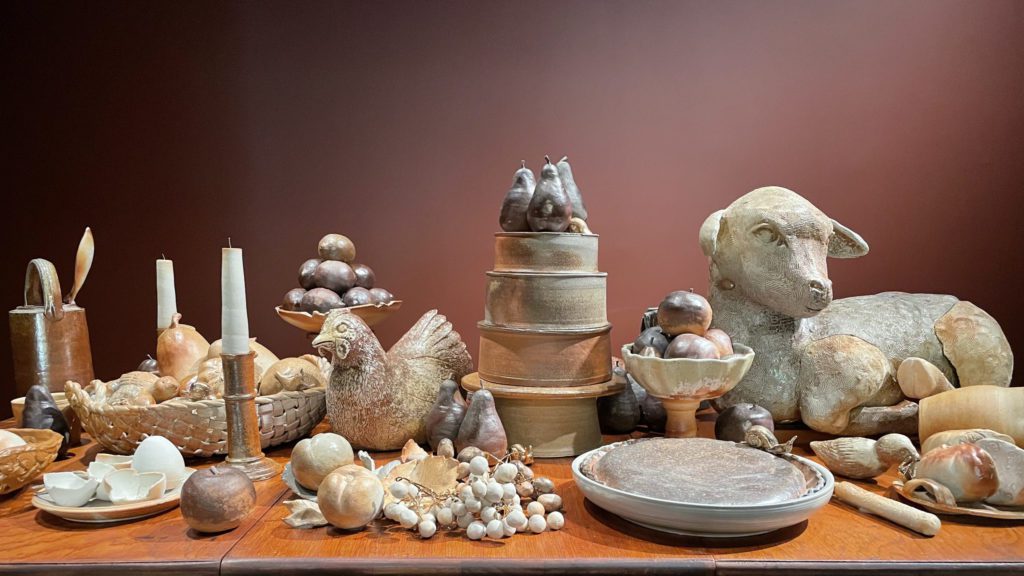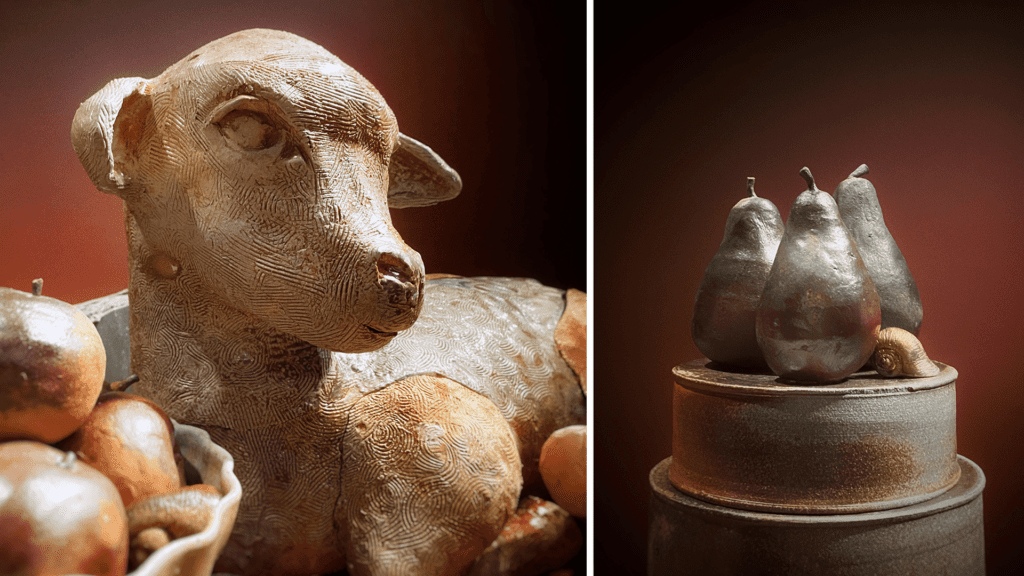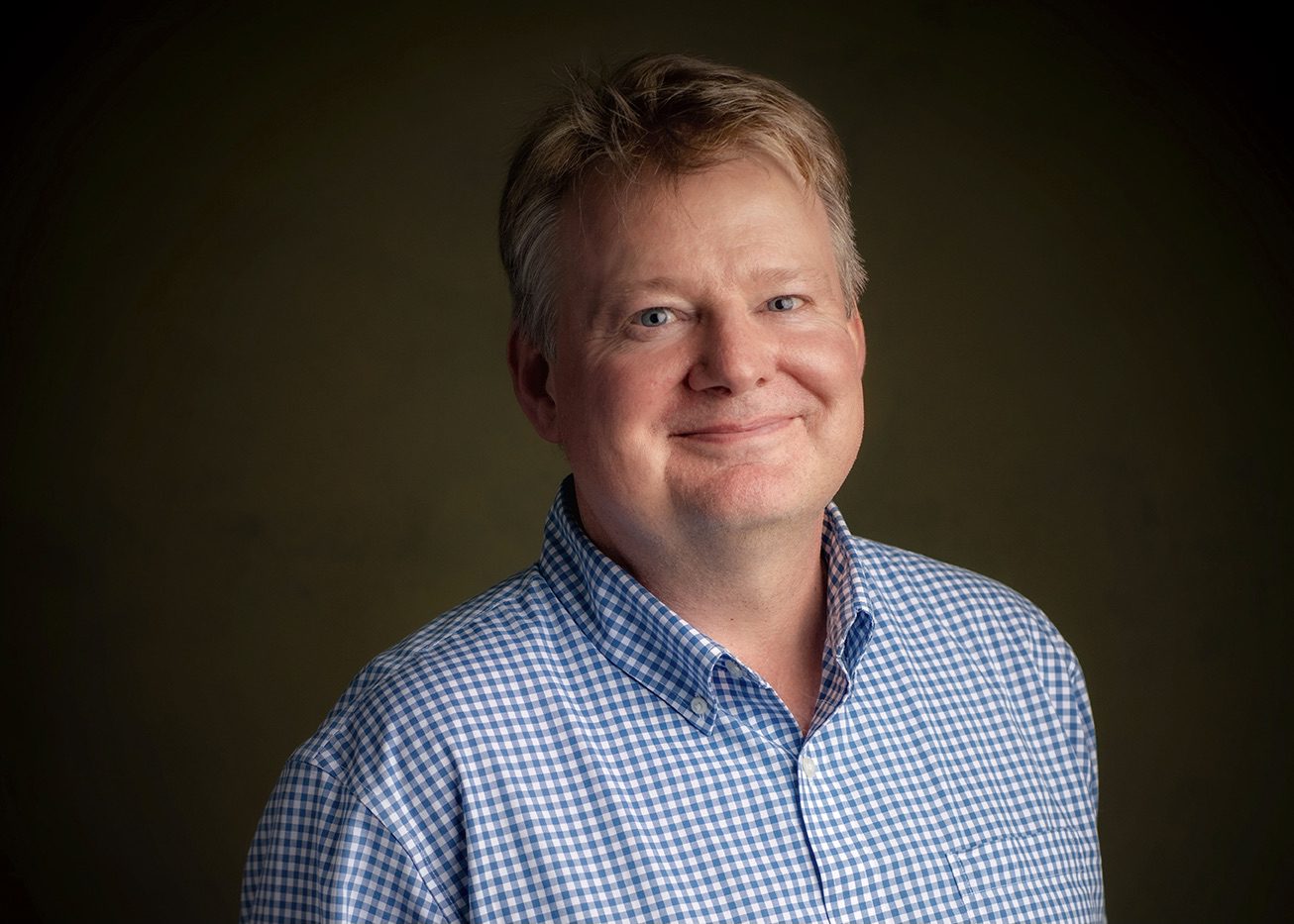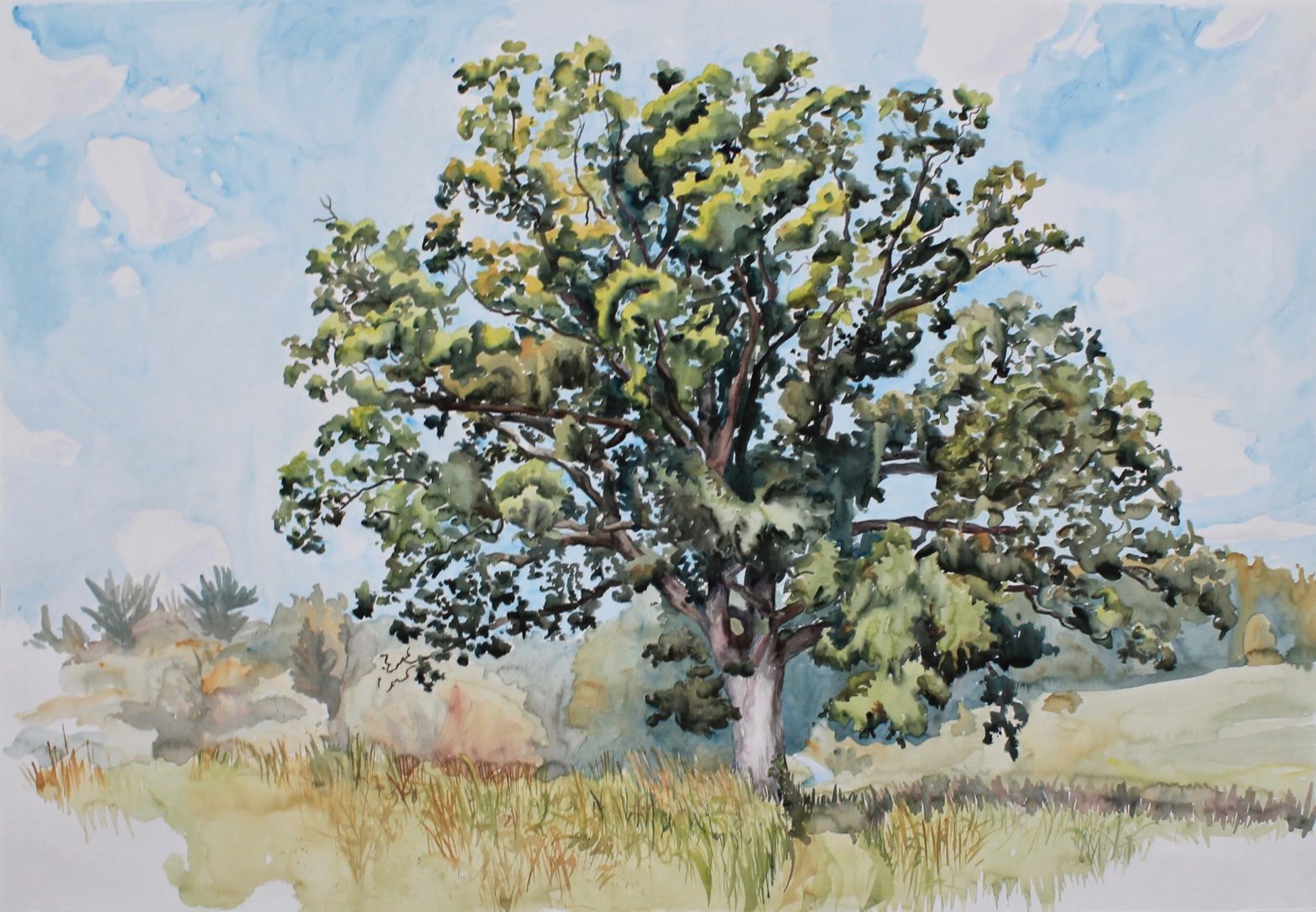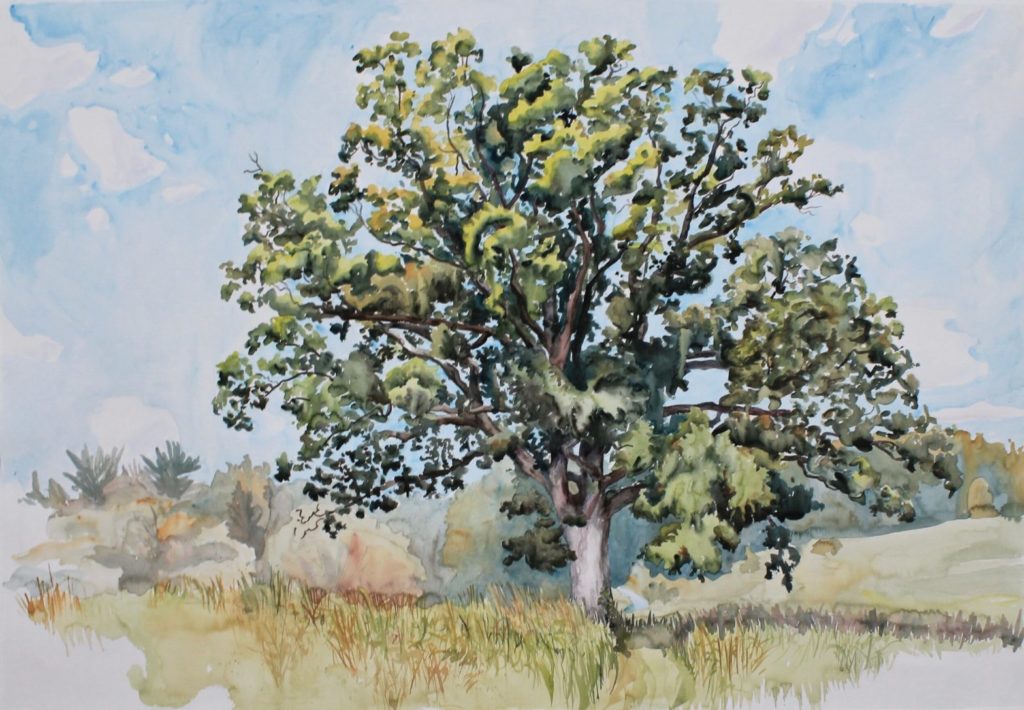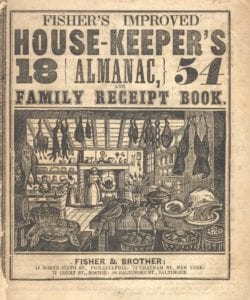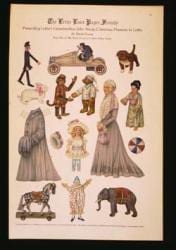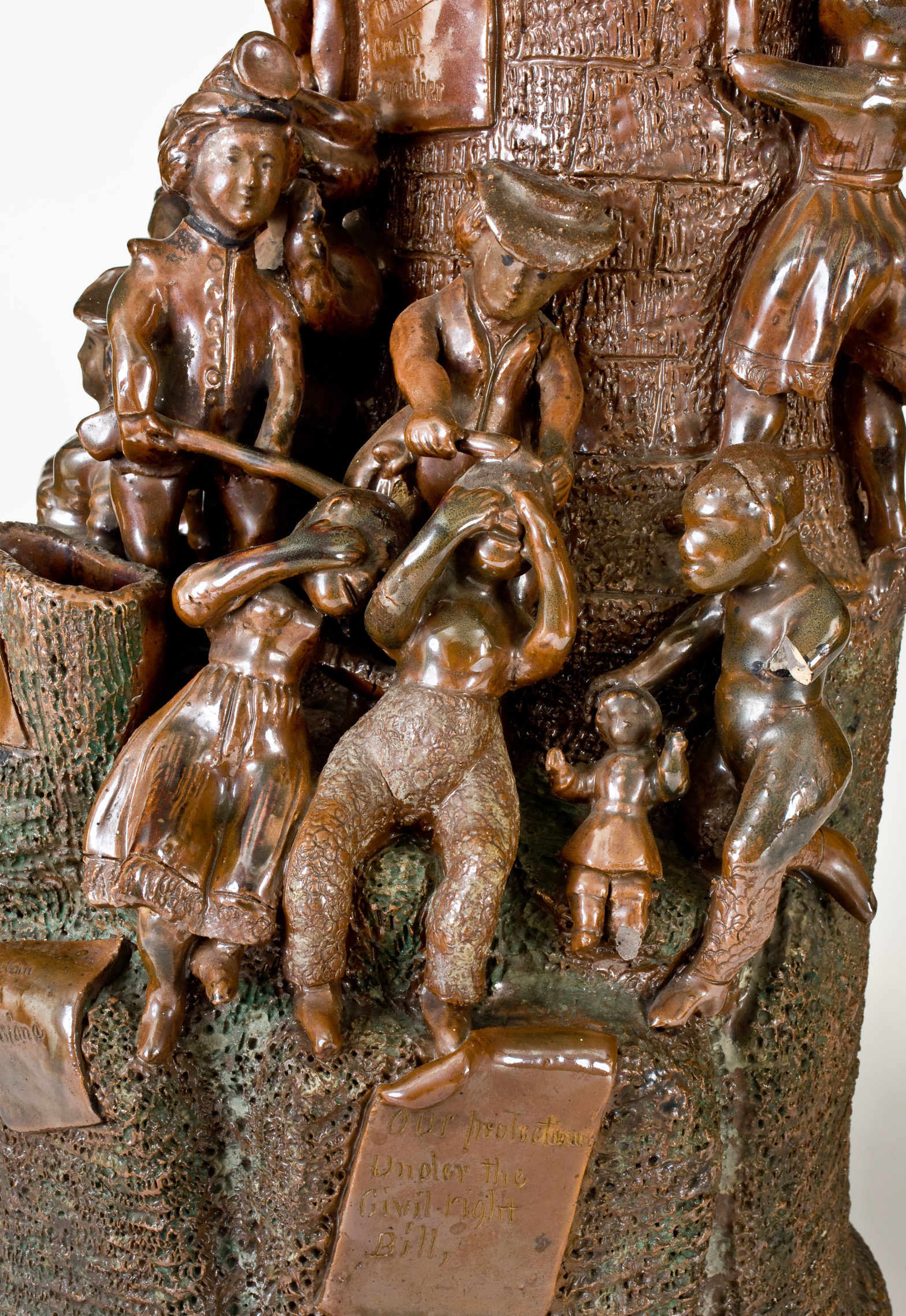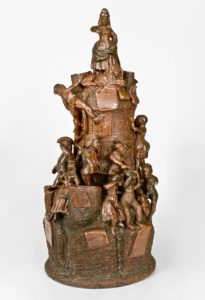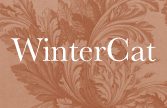Winterthur Museum, Garden & Library is committed to making its collections and resources available as widely as possible. In most instances, Winterthur will provide hi-res images without charge.
Charges may be applied to large orders or to commercial ventures. Please see “Images for Licensed or Commercial Projects” for additional details. Requests that significantly impact staff time and resources may be subject to fees. If fees apply, you will be notified in advance of image delivery. Pre-payment is required.
Nonstandard image sizes or formats must be noted on the request form and are subject to approval.
While Winterthur tries to fulfill every image request, sometimes it is not possible to create new imagery due to an object’s fragility or ability to be moved, conservation concerns, or donor agreement.
Image requests will be processed in the order that they are received. The anticipated turnaround time for fulfillment is 2-3 weeks. If new photography or scanning is required, the average turnaround time is 4-6 weeks.
If rush requests are needed, please contact the Image Management Coordinator, nschne@winterthur.org. Rush requests are determined on a case-by-case basis, are subject to staff capacity, and will incur a fee.
Copyright
While we may provide images from our collections, in many instances, Winterthur does not hold the copyright to materials in its collections and cannot grant or deny permission to publish or use them. It is the responsibility of the user to determine the rights status and to satisfy any permissions required by copyright law. Appropriate attribution is expected and helpful to other researchers.
Images for Personal Research Use
Users may download images free of charge from Winterthur’s online collections portals:
These images are generally suitable for digital display, presentations, and personal research use. To request publication-quality images (300-600dpi) or images that are not currently available through Winterthur’s digital collections portals, please fill out the Request an Image form.
For materials in which Winterthur owns the copyright; when copyright is unknown; in the Public Domain; or held by someone other than Winterthur, researchers do not need anything further from Winterthur to move forward with use. However, we do ask that you cite Winterthur as the holder of the original material. Directions for citation may be found in the Attribution section below. If you have any questions about how to properly cite Winterthur’s collections, please email the Image Management Coordinator at imagerequest@winterthur.org.
Images for Publication or Exhibition
Hi-res images suitable for publication, exhibition, or other print projects are available upon request. Images for publication are provided as standard 300-600dpi TIFFs. Please allow up to three weeks of processing time for publication images and up to six weeks if new photography or scanning is necessary.
There is no charge for non-profit or scholarly use of images. Requests for commercial use, including for-profit projects and publications, film and television production, licensing, and merchandising are subject to approval and will incur fees. Please fill out the Image Request Form (https://forms.gle/RTka92abfytzEwCT8) with as much information as possible, and staff will follow up with you shortly.
Images requested for publication or commercial use will be provided with a letter including an object description and the proper credit line. Please see the Attribution section below for the information that we ask to appear in the citation. Citations may be in any format, as long as all the object information as well as the credit line is present.
Attribution
Please cite Winterthur as the holder of the original material in all uses. To cite Winterthur, please include:
- identifying information about the object or collection (including creator, title [if applicable], and date)
- the object number or call number for the collection
- donor or purchase fund information (if applicable)
- the credit line: Courtesy Winterthur Museum, Garden & Library
For museum objects: Donor or purchase information can be found in the object’s online catalog record (http://museumcollection.winterthur.org/).
If you have questions about how to credit or cite an image, please email the Image Management Coordinator at imagerequest@winterthur.org.
Request an Image: Use this form https://forms.gle/RTka92abfytzEwCT8 to request images from Winterthur’s collections.
Images for Licensed or Commercial Projects
All other requests to use images from Winterthur’s collections for licensed products or commercial ventures are subject to approval.
Permission is granted for one-time use in a single format only. Winterthur does not grant open-ended or multi-year permissions, or rights in perpetuity. Additional permissions or subsequent uses must be requested separately.
For requests or questions regarding licensed products, please contact Kris DeMesse at kdemes@winterthur.org.
Media Requests and Guidelines
To view Winterthur’s online Press Room, visit https://www.winterthur.org/news-press/. Members of the media may view information for current, past, and upcoming exhibitions and programs.
Obtaining permission to film or photograph at Winterthur
Please email a detailed request to: pressroom@winterthur.org. Let us know your preferred location(s), a proposed time, and whether or not you’ll be using any film or photography. You will receive a response from us within one to three days. For media-related questions, please send an email to pressroom@winterthur.org.
Contact Information
If you have questions that are not answered here or if you are unable to access the online request form, please submit your request to the Image Management Coordinator:
Nicole Schnee
5105 Kennett Pike
Winterthur, DE 19735
imagerequest@winterthur.org
302-888-4634

